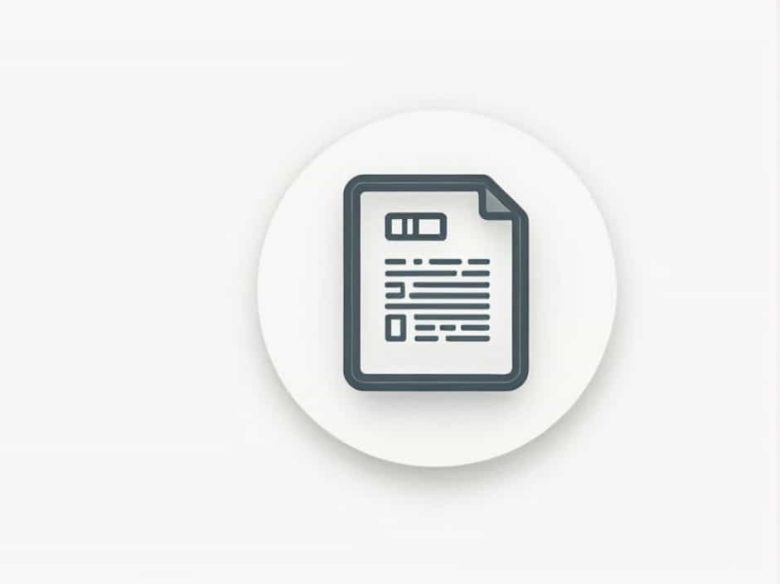A receipt is an important document used in everyday financial transactions. It serves as proof of payment and confirms that a product or service has been purchased. Receipts are commonly issued by businesses banks and service providers to customers as a record of the transaction.
Whether you are shopping paying bills or running a business understanding the meaning and function of a receipt is essential for financial management and accountability.
What Is a Receipt?
A receipt is a written or digital document that acknowledges the exchange of goods or services for money. It typically contains details such as:
- The date and time of the transaction
- The name and contact details of the seller
- A description of the goods or services purchased
- The total amount paid including taxes
- Payment method (cash credit card bank transfer etc.)
- The name of the buyer (optional)
Receipts provide transparency in transactions and are often required for refunds returns or warranty claims.
Types of Receipts
There are various types of receipts depending on the nature of the transaction. Some of the most common ones include:
1. Sales Receipt
- Issued by businesses when a customer purchases goods or services.
- Usually contains the business name transaction date item details and payment amount.
2. Cash Receipt
- Given when a payment is made in cash.
- Helps in tracking cash flow and maintaining financial records.
3. Credit Card Receipt
- Printed or emailed after making a purchase using a credit or debit card.
- Contains transaction details and sometimes a signature for verification.
4. Bank Receipt
- Issued by banks for deposits withdrawals or fund transfers.
- Acts as proof of financial transactions.
5. Rent Receipt
- Provided by landlords to tenants as proof of rent payment.
- Essential for maintaining rental agreements and records.
6. Medical Receipt
- Issued by hospitals clinics or pharmacies for medical expenses.
- Often used for insurance claims and tax deductions.
Understanding the type of receipt you receive helps in managing your expenses and keeping financial records organized.
Functions of a Receipt
Receipts serve several important functions in both personal and business transactions.
1. Proof of Purchase
- Confirms that a transaction took place.
- Useful for returns refunds and exchanges.
2. Financial Record-Keeping
- Helps individuals and businesses track spending.
- Essential for budgeting and financial planning.
3. Tax Compliance
- Used as documentation for tax deductions and audits.
- Businesses rely on receipts to calculate expenses and income.
4. Dispute Resolution
- Acts as evidence in case of disagreements over a transaction.
- Protects both buyers and sellers from fraudulent claims.
5. Warranty and Insurance Claims
- Required when claiming product warranties.
- Helps in processing insurance reimbursements for medical expenses.
Receipts play a crucial role in financial accountability ensuring transparency in monetary transactions.
Key Elements of a Receipt
A standard receipt should contain the following information:
- Transaction Date & Time – The exact moment the purchase was made.
- Seller’s Name & Contact – The business or individual providing the product/service.
- Itemized List of Purchases – A breakdown of products or services bought.
- Total Amount Paid – The final price including taxes and discounts.
- Payment Method – Specifies whether the payment was made via cash card or online transfer.
- Receipt Number – A unique identifier for tracking transactions.
These elements ensure that receipts serve as reliable financial documents.
How Receipts Are Generated
Receipts can be issued in various formats depending on the business and transaction type.
1. Printed Receipts
- Generated using cash registers or point-of-sale (POS) systems.
- Commonly used in retail stores restaurants and service businesses.
2. Handwritten Receipts
- Used in small businesses or informal transactions.
- Includes details written manually by the seller.
3. Digital Receipts
- Sent via email or SMS after an online purchase.
- Eco-friendly and easier to store for future reference.
4. Bank and ATM Receipts
- Issued after depositing withdrawing or transferring funds.
- Displays account details transaction amount and remaining balance.
With digital advancements electronic receipts are becoming more common reducing the need for paper receipts.
Importance of Keeping Receipts
Many people discard receipts not realizing their significance. Here’s why keeping receipts is beneficial:
1. Helps in Budgeting
- Allows individuals to track spending habits.
- Helps businesses monitor profits and expenses.
2. Essential for Returns and Exchanges
- Most stores require a receipt for refunds or product exchanges.
- Protects consumers from financial loss in case of defective items.
3. Required for Tax Filing
- Businesses use receipts to claim tax deductions.
- Individuals can use medical and educational receipts for tax benefits.
4. Supports Business Growth
- Helps in maintaining accurate financial records.
- Provides insights into sales trends and customer purchasing behavior.
Organizing and storing receipts properly can prevent financial complications in the future.
Common Mistakes to Avoid with Receipts
Errors in receipts can create confusion and legal issues. Here are some common mistakes to avoid:
- Losing Receipts – Always keep copies for important transactions.
- Incorrect Information – Ensure the amount date and details are accurate.
- Not Requesting a Receipt – Always ask for a receipt especially for large purchases.
- Ignoring Digital Receipts – Store digital copies securely for easy access.
By avoiding these mistakes you can ensure better financial management.
How to Store and Organize Receipts
Keeping receipts organized can save time and prevent financial losses. Here are some tips:
1. Use Folders or Envelopes
- Categorize receipts by month or expense type.
- Keep them in a safe place for future reference.
2. Take Photos or Scan Receipts
- Digital copies prevent loss or fading.
- Use apps to store and organize receipts digitally.
3. Utilize Receipt Management Software
- Businesses can use accounting tools to track receipts.
- Helps in generating financial reports and tax calculations.
4. Regularly Review Receipts
- Check receipts monthly to identify unnecessary spending.
- Discard old receipts that are no longer needed.
These practices help maintain a clutter-free and well-organized financial system.
A receipt is more than just a piece of paper—it is an essential document for financial security business operations and legal protection. Whether in personal finance or business transactions receipts serve as proof of purchase aid in budgeting and ensure tax compliance.
By understanding the importance of receipts keeping them organized and using them effectively individuals and businesses can maintain better financial control and avoid potential disputes.



